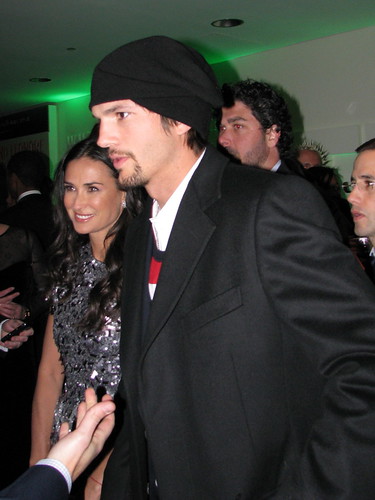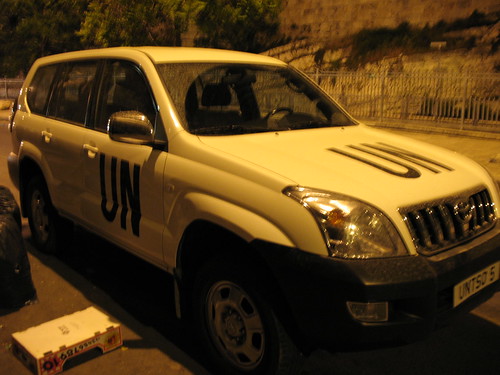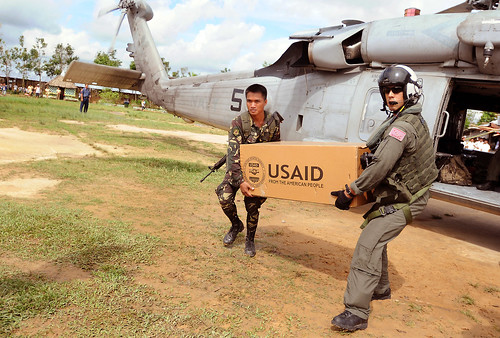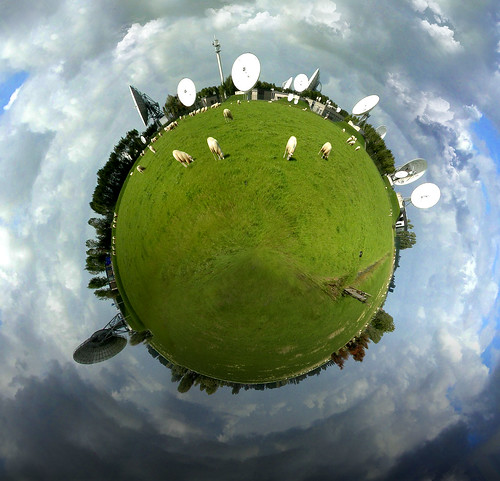Here’s my bibliography for learning about international development. It’s not exhaustive – more the very basics as a starting point. Overall, I like books for theory and background, articles for technical information and detail, and blogs for the on-the-ground perspective and a peek into the industry of development. I don’t think theory helps with a sense of how development work actually gets done (that’s my major critique of Easterly, in fact) and I don’t think you can actually do this work well without some kind of background on the picture of what development is and what its goals are.
Books
William Easterly, The Elusive Quest for Growth: Economists’ Adventures and Misadventures in the Tropics. Cambridge: MIT Press, 2001.
Ruth Levine, Millions Saved: Proven Successes in Global Health. Washington: Center for Global Development, 2004.
Carol Lancaster, Foreign Aid: Diplomacy, Development, Domestic Politics. Chicago: University of Chicago Press, 2006.
Amartya Sen, Development as Freedom. New York: Anchor, 2000.
Articles
JR McNeil, “The World According to Jared Diamond”
Roger Bate, “The Trouble with USAID” American Enterprise Institute. May 23, 2006.
Brian Atwood, Peter McPherson, and Andrew Natsios, Arrested Development
Blogs
Center for Global Development Blogs






